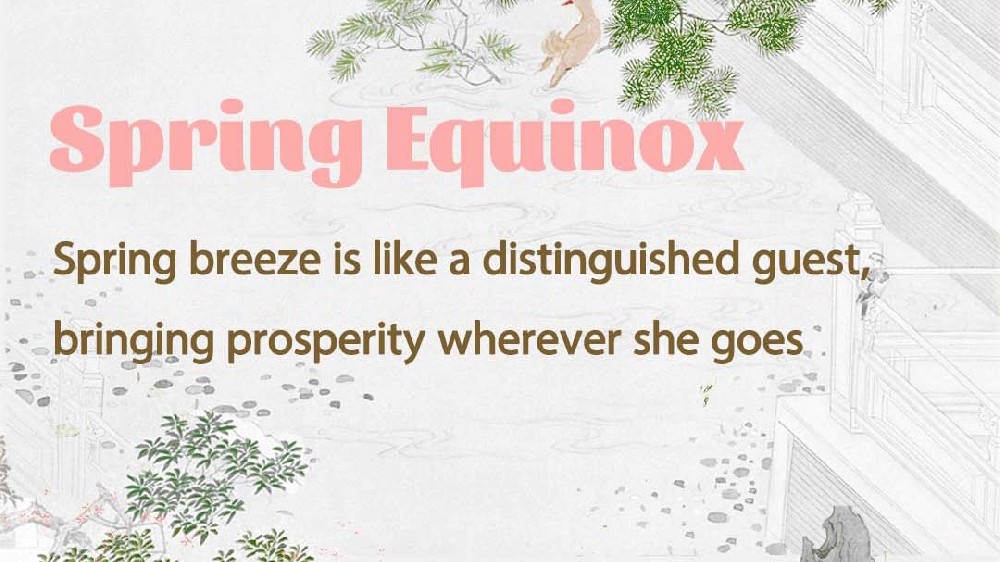
How Horse Racing Gallops Through Hong Kong’s Soul
Dawn at Sha Tin: Where Legends Are Made
In the misty mornings of Hong Kong’s New Territories, a symphony of hooves echoes across the Sha Tin Racecourse. Jockeys in cerise silks crouch low over thoroughbreds worth millions, their breath visible in the cool air. Trainers bark instructions in Cantonese, English, and Mandarin. This is where Hong Kong’s heartbeat quickens—a ritual unchanged since British colonial stewards first laid the track in 1978. Yet, to reduce Hong Kong’s horse racing culture to mere sport is to overlook its DNA: a fusion of colonial legacy, Chinese pragmatism, and a city’s unyielding hunger for hope.

From Colonial Pastime to Civic Lifeline
Hong Kong’s affair with horse racing began in 1845, when British officers marked a makeshift track in Happy Valley, then a swampy burial ground. By the 1880s, the Hong Kong Jockey Club (HKJC) emerged, not just as a racing authority but as a de facto social institution. Today, the HKJC is the city’s largest taxpayer, contributing 12.3% of government revenue in 2022 (HKJC Annual Report), and its charity arm has donated over HK$43 billion to education, healthcare, and arts since 1998. Racing here isn’t a game; it’s a social contract. Every bet placed funds a hospital bed.
The Theatre of Happy Valley
No venue encapsulates Hong Kong’s racing soul like Happy Valley Racecourse. On Wednesday nights, skyscrapers tower over floodlit races as 25,000 spectators—bankers in Savile Row suits, taxi drivers clutching racing newspapers, tourists sipping Tsing Tao—roar in unison. The air smells of char siu and champagne. It’s the only place where all the divides of Hong Kong vanish. When the gates open, all the all equals chasing the same dream.
The Horse That Saved a City
Every Hongkonger knows the legend of Viva Pataca(The Chinese name of this horse is Baoleng, 爆冷). The chestnut gelding, purchased for a record of HK60 million in 2004, became a symbol of resilience during the SARS pandemic. His 17 wins raised HK60 million in 2004, and a total raise of HK900 million for charities, funding ventilator units at Prince of Wales Hospital. “He wasn’t just a horse,” says retired jockey Douglas Whyte. “He carried the city’s spirit.” Such stories cement racing’s role in Hong Kong’s psyche—a blend of capital pragmatism and communal solidarity.
Global Stage, Local Heartbeat
Since 1988, the Hong Kong International Races (HKIR) have drawn the world’s elite thoroughbreds to compete for US$35 million in prizes. Yet, as Australian champion jockey Zac Purton notes, “The crowd here doesn’t cheer for flags. They cheer from the heart.” Local hero Golden Sixty, a gelding bred in New Zealand but trained in Sha Tin, has become a cult figure, his 25-race winning streak inspiring memes and mahjong gambits.
Shadows on the Track
Although criticism persists around the world, Hong Kong’s 0.48% horse fatality rate (2023 HKJC data) is lower than Australia’s 0.6% (RSPCA), but still contentious. Meanwhile, youth engagement lags—only 18% of regular racegoers are under 40 (HKU Poll). The HKJC responds with initiatives like “Racing For Green,” a sustainability push, and VR betting lounges.
The CEO, Winfried Engelbrecht-Bresges, holds that though the HKJC is evolving, it never lost its soul.
Hong Kong’s racing culture, like the city itself, thrives on contradictions—tradition and innovation, risk and responsibility, the individual and the collective. To understand it is to understand why, in a metropolis of glass and steel, millions still whisper to horses.
